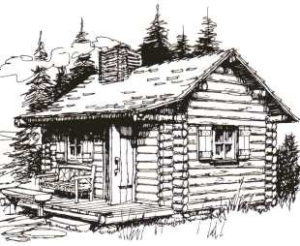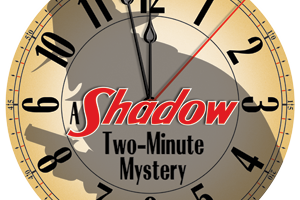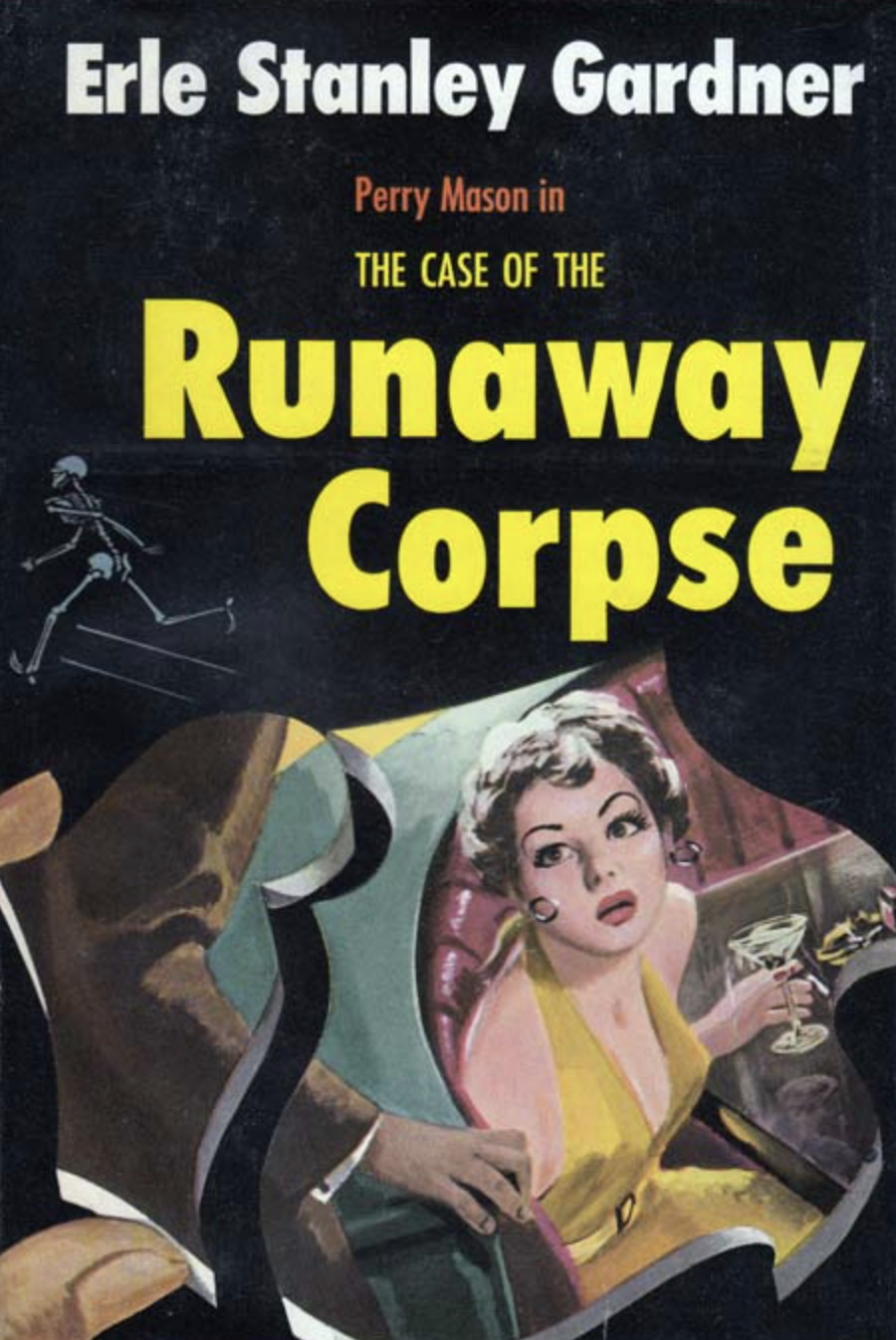
This is the fifth in a rotating series of Shadow Two-Minute Mysteries. Pit your mind against that of The Shadow that appeared in the pulp magazine stories. Harry Vincent is an agent. Burbank is in charge of communications. And there’s no mention of “clouding men’s minds.”
This mini-mystery originally appeared on my old Shadow in Review website. But that was years ago, and I suspect even if you remember it, you may have forgotten the vital clue. For those of you with a memory sharper than mine, you may remember it.
The solution, not necessarily the only solution, but the one the author had in mind, will appear (below) next Friday. That gives you time to mull over the crime.
Feel free to leave your solution in the comments section below. It could be better than mine!
There are some background notes at the end of the story. They’ll explain a bit more about Commissioner Weston, who is featured in this mystery, and his part in the larger universe of the pulp Shadow.
You are about to enter the pulp world of the 1930s. Join The Shadow as he dons his black cloak, slouch hat, and gloves, and prepares to battle crime. It’s time for action and mystery. The Shadow knows!
Death in the Adirondacks
Moonlight illuminated the tree-covered peaks of the Adirondack Mountains. Halfway down one of the summits, snugly situated in a small clearing, sat a rustic cabin — vacation getaway of Ralph Weston, commissioner of the New York Police Department.
Sitting by the crackling fire inside, Weston was feeling drowsy. This was a rare interlude from crime, for which he was grateful.
In the darkness outside the cabin door, a black form stood unseen, watching as the dimly lit figure of a man stumbled down the trail that led toward the peak. The Shadow watched as the man lurched into the cabin.
“Quick!” he panted, “Willis has been shot!”

Weston was instantly awake. He recognized the man as Harold Blansburg, a wealthy businessman who had a fancy cottage built at the top of the ridge. He grabbed an electric torch and his service revolver.
The two men hurried up the rough footpath toward Blansburg’s mountaintop retreat. Following behind them flitted The Shadow’s ghostly shape, treading with uncanny silence.
“Who’s Willis,” Weston puffed as they ascended the trail.
“Willis Togram, my house guest,” Blansburg replied, breathing hard. “Willis and I were listening to the news on WNX. We can pick it up on the peak. The cottage lights suddenly went out. I stood up, intending to check the generator out back, when the front door swung open and a shot rang out.
“All I saw was the dark figure of a man carrying a rifle. He raised it and fired. Willis fell back into his chair, shot through the heart. By the time I could gather my wits, the mystery gunman had completely disappeared. There was nothing I could do for Willis. He was dead.
“I rushed over here to get you,” concluded Blansburg, his breathing returning to normal as the steep path flattened out.

The two men arrived at the Blansburg cottage and peered into the darkness. Glowing embers from the fireplace showed Willis Togram sitting in the chair. He was dead.
Blansburg led Weston behind the building to a small shed. Inside was the gas powered generator which supplied electricity to the cottage. The switch had been turned off.
Weston switched the generator back on, wound the cord around the flywheel, and gave a strong pull. It started easily.
The two walked back to the front door of the cottage. The porch light was now on, as was a small table lamp behind the corpse of Willis Togram. The light showed dark blood staining his white shirt front.
“Can you recall any additional details?” Weston asked, now that Blansburg was calmer.
The businessman stood in the silence of the cottage for nearly a minute, thinking, then slowly shook his head. “It all happened too fast. That’s all I can remember…”
Sibilant laughter filled the night as The Shadow noiselessly stepped into the room. His whispered voice carried an accusation.
“This man lies!”
WHY DOES THE SHADOW ACCUSE BLANSBURG?
■ ■ ■
[learn_more caption=”Click here for the solution.”] Blansburg claimed the two men had been listening to station WNX when the lights went out. Yet after the generator was restarted and the electricity was restored there was a full minute of silence while Blansburg pretended to try to remember additional details. A minute during which the radio should have come back on, but didn’t. Blansburg had lied. The Shadow knows![/learn_more]
■ ■ ■
Background notes
Police Commissioner Ralph Weston was a middle-aged man of military background. He still carried his clipped mustache and had an abrupt military manner. He had enough wealth to be a member of society, but wasn’t a millionaire by any means.
Weston entered the magazine series in 1932 with “Hidden Death” when he had just recently been appointed to the post. He briefly left the series in 1934 with “The Garaucan Swindle” when he was hired as national police chief for the small South American country Garauca. With his military background, it didn’t take him long to clean up crime and corruption in that banana republic and return to New York and his spot as head of the police department. By 1935 and “The Dark Death” he was back at his old job.
As related in 1933’s “The Red Blot,” Ralph Weston and Lamont Cranston had become good friends. It’s because of Cranston that Weston gained membership at the exclusive men’s club, The Cobalt Club. When the real Cranston was abroad on his world travels and The Shadow took over his identity, Weston was none the wiser. This gave The Shadow access to police information that he might not otherwise have. After a while, the police commissioner came to rely on Cranston’s insight into the police cases and confided in him even more.
Over the years, Cranston became something of an amateur criminologist from all his exposure to the crimes that Weston and he had discussed. The two would often lunch together in the basement Grill Room of the Cobalt Club. And the upstairs reading room was another of their favorite meeting areas.
The close friendship between the two lasted for the entire pulp series until the last magazine was published in 1949. In all, Weston appeared in 121 of the stories. Weston and Cranston, friends to the very end, yet he never discovered Cranston’s other identity.




The Shadow knows the unlikeliness of shooting a man straight through the heart in total darkness, when you can’t see what you’re aiming at!